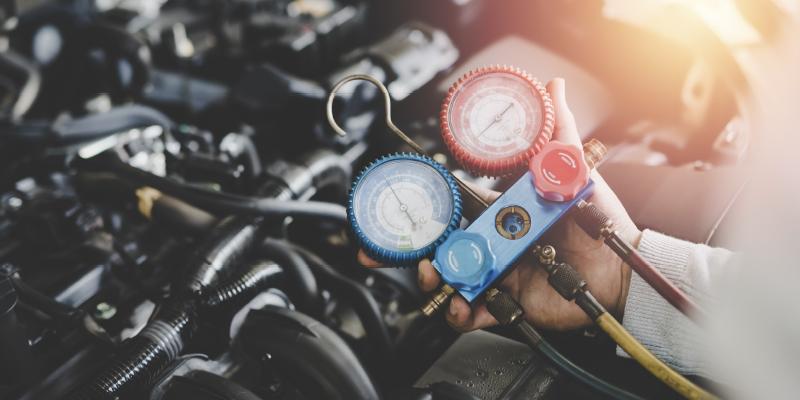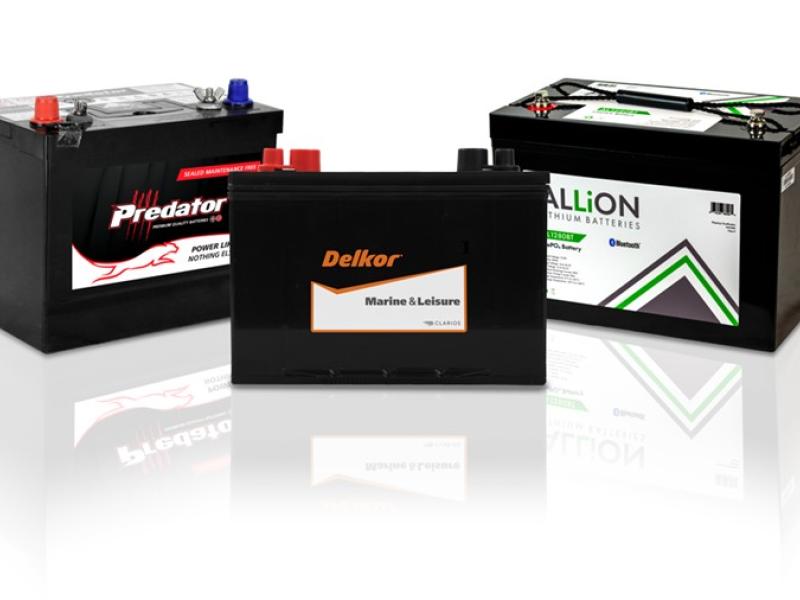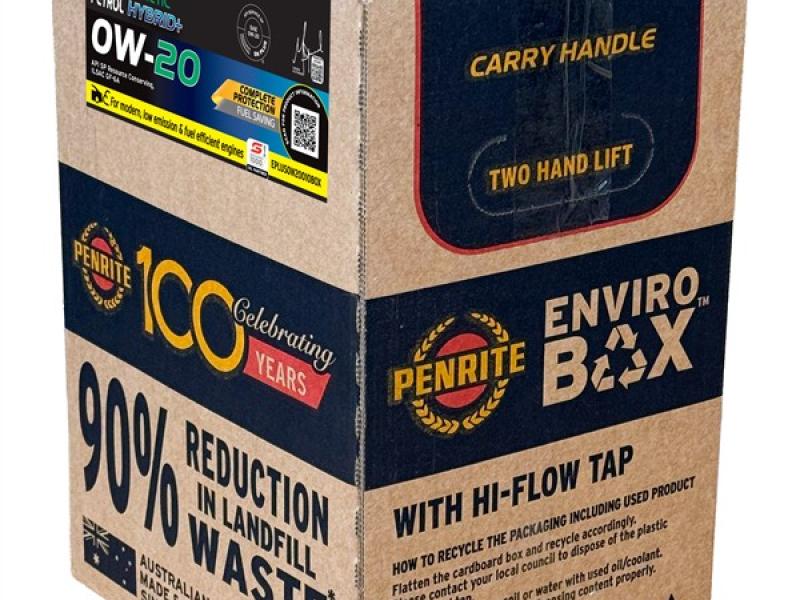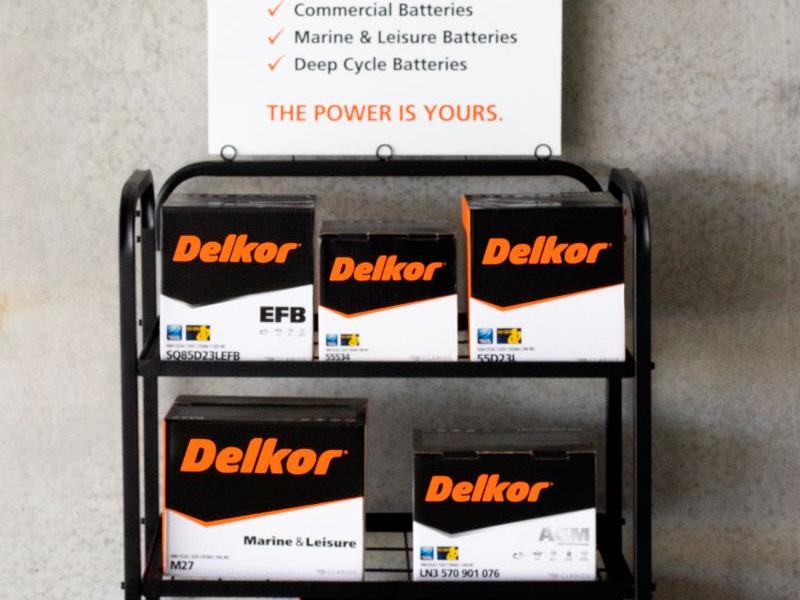Radiators and coolants
With radiators and coolants the ongoing story is around the need to ensure cooling where motors are generating significantly more specific power (power vs capacity) and radiators and cooling systems keep getting lighter and smaller. This increases the load and means good maintenance is even more essential. Fuel saving is also driving more use of electric fans and water pumps, rather than directly engine driven. Whilst coolant change times have extended to five years or better using OAT (Organic Acid technology), it is still important to replace based on service recommendations as apart from the cooling and antifreeze benefits the coolant also performs a vital anti-corrosion function in an engine and cooling system.
Air conditioning
With air conditioning the story is more around climate change and the impacts this is having and will have on both the technology and the servicing. Whilst we tend to think of climate change as purely CO2 related, or include methane if we are knowledgeable or a farmer, refrigerants are also a significant greenhouse gas, which as well as greenhouse potential also have issues around Ozone depletion. Whilst now rare, some older vehicles may still contain CFC’s (Chlorfluorocarbons), that were phased out in the 1990’s such as CFC-12. Since the 1990’s automotive air conditioning has primarily used HFC’s (hydrofluorocarbons) including HFC 134a. Whilst this was much better for Ozone depletion it has a GWP (Global Warming Potential) of around 1430 x CO2 on a 100-year basis. Over the last 10 years European vehicles have moved to a low GWP hydrocarbon refrigerant (HFO) with a GWP under 10.
In 2017 Expert Group prepared a report for the NZ Ministry for the Environment on HFC consumption in New Zealand. In it they state “In 2016 the mobile air conditioning bank of high GWP HFCs is estimated to be around 2,040 tonnes, equivalent to around 29 percent of the total bank of high GWP HFCs in the stock of RAC equipment in New Zealand.” They also commented on the fact that the high proportion of used import vehicles entering the fleet at around seven to ten years old will delay the transition to low GWP gases.
It was estimated that vehicles have around a 10 percent annual refrigerant leak rate (including total loss, accident and servicing) and that gas for servicing accounts for around 90 perent of gas used in the mobile sector (The balance would be in new vehicle systems). It was estimated that the gas used in servicing only accounts for around 5 percent of losses, as many older cars do not have air conditioning serviced due to cost of servicing vs vehicle value, so much of the leaked gas is not replaced.
The Kigali Amendment to the Montreal Protocol comes into force next year, which will see most new vehicles universally charged with HFO-1234yf by the mid 2020’s. It will see a sinking lid on permits to import HFC gases for repair use. New Zealand will from 2020 require an import permit for all HFC gases, there is a per kg cost but also an ongoing reduction in import levels allowed for HCFC gases through to 2036 to speed the phase out, for instance the total import volume for 2021 is 11 percent less than the 2020 volume.
The Recovery Trust is a voluntary industry group formed in 1993 to facilitate and promote the collection, storage and disposal of refrigerant gases, it is funded from a levy on imported refrigerant. Lionel Rowe from MTA comments “New Zealand has gone with a well-managed phase down through to 2036, giving 16 years for the newer technology to spread through the market.”
So change is in the air (conditioning), whilst some of the strategy is still to be put in place expect increased prices and decreased availability of R134a as this kicks in and Low GWP refrigerants start to become the industry norm in terms of new systems.






